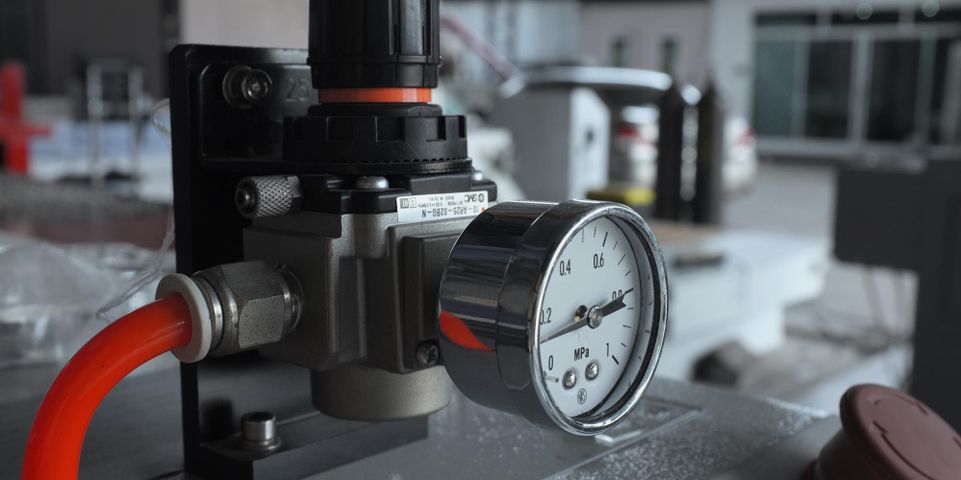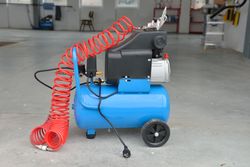How to Safely Drain Your Air Compressor

Over time, moisture collects inside your air compressor tank, where it will start destroying the metal from the inside out. Compromised tank walls can eventually fail, so draining the fluid is an essential part of maintaining your compressor. Whether you have a small air compressor or a 50-gallon piece of industrial equipment, follow the steps below at least once a week to keep your tank free of corrosion.
3 Steps for Draining Your Compressor Tank
1. Turn Off the Power
Before performing any maintenance on your air compressor, always make sure the power is off. While turning the switch to “off” is usually enough, the safest approach is to unplug the machine entirely. If your industrial compressor is hard-wired into the system, you may have to find the breaker that controls the power and ensure that it is switched off.
2. Let the Air Out
 Opening the drain valve while the tank is full can be extremely dangerous, so you’ll want to reduce the air pressure to below 10 PSI. The safety valve should have a ring, which can be pulled to release the air inside the tank. Because escaping air can throw off debris, always wear eye protection and try to deflect the stream away from your face.
Opening the drain valve while the tank is full can be extremely dangerous, so you’ll want to reduce the air pressure to below 10 PSI. The safety valve should have a ring, which can be pulled to release the air inside the tank. Because escaping air can throw off debris, always wear eye protection and try to deflect the stream away from your face.
3. Open the Drain Valve
Air compressors have a built-in valve for draining built up condensation. Find the drain valve, which should be located somewhere near the bottom of the tank, and open it. Depending on the location of the valve, you may have to tilt the compressor to get all of the water out.
From their offices in Maryland Heights, MO, Industrial Compressor Supplies offers high-quality air compressors and parts to companies across the country. Their team has over 25 years of experience and an extensive inventory of OEM parts, so you can rely on them to keep your operation running smoothly. Visit their website for a survey of their list of replacement parts, follow their Twitter for more tips and advice, and call (877) 426-3131 to place an order.
About the Business
Have a question? Ask the experts!
Send your question

